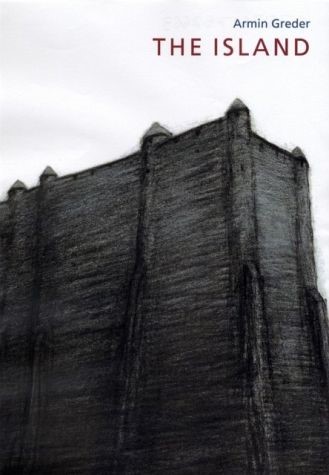Picture chats are a particular type of language experience which involves the viewing of an image. Using pictures is another way to provide a stimulus for talk (Fisher, Jones, Larkin and Myhill, 2010, pp. 56-57).
Picture chats can be used at any time, but are particularly useful for tuning students into a lesson or beginning a new unit of study. Picture chats are useful for formative assessment at the beginning of a unit, for example, to determine what vocabulary will need to be taught.
Exploring pictures can occur through simple talk routines, such as See Think Wonder (Harvard Graduate School of Education: Project Zero), which generates talk to describe, predict and connect. Key questions are used to prompt student discussion.
- What do you see?
- What do you think about that?
- What does it make you wonder?
For example, when introducing a text to support a unit on racism, acceptance of difference, humanity and inhumanity or refugees, the following group discussions could take place.
The Island by Armin Greder, first published by Allen and Unwin, Australia in 2007
 Looking at the front cover of The Island by Armin Greder, what do you see?
Looking at the front cover of The Island by Armin Greder, what do you see?
Prompt students to consider:
- use of dark colour
- size of the image and the space it takes up on the page
- the use of white space
- viewer perspective, looking up at the wall.
What do you think about that? Prompt students to consider:
- how does this image make you feel?
- other walls you can make connections with.
What does this front cover make you wonder about? Prompt students to consider:
- why the title does not match the illustration?
- who lives behind the wall?
- who built the wall?
- why is there a wall in the first place?
Encourage students to back up their interpretations with reasons. Student responses to these questions can be recorded and returned to during the reading or unit of work as more reflection and analytical thinking is undertaken.
For more information, see: unit of work on The Island
In addition to the use of such routines, the four resource model can be applied to visual texts. Questions and discussions can be generated by teachers and students incorporating the aspects of the Resource Model, as they decode the visual image, make meaning of it, and consider its possible uses in creative and critical ways.
References
Fisher, R., Jones, S. J., Larkin, S., and Myhill, D. (2010). Using talk to support writing. London: Sage Publications.
Harvard School of Education (2016), Project Zero